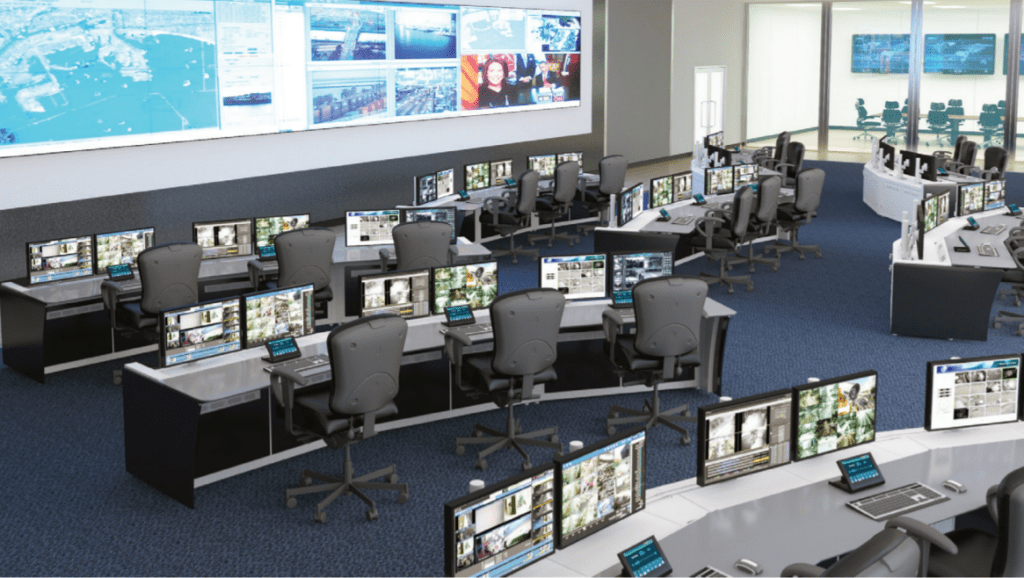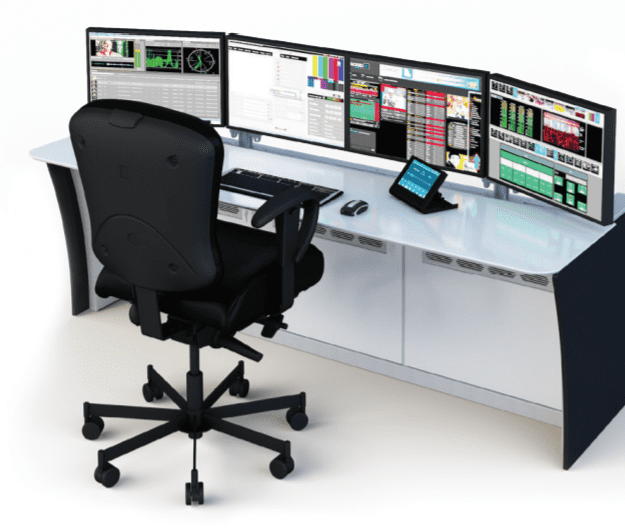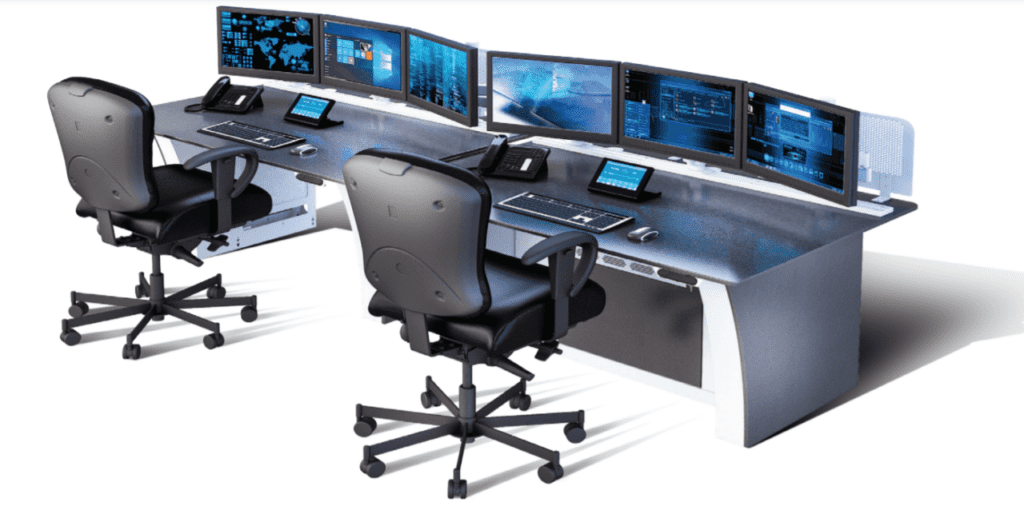Controlling Cost with Control Room Ergonomics
Ergonomics
The unseen team member of your control room. For organizations, it’s a matter of health and safety. It is also an issue of efficiency and overall productivity.
Regardless of how companies measure the importance of comfort and function in their space, many organizations struggle to balance the need for highly ergonomic control rooms with the investment they carry.

Justifying ergonomic updates can be challenging in even the best economic times. Managers are more likely to commit to ergonomic improvements when they understand the economic benefits that correlate with the investment. In this article, we’ll outline the financial return on investment (ROI) of user-friendly control rooms and show that ergonomics is simply good economics.
It’s in the Console
Well-designed control room balance fits the demands of the job to the capability of the operators. An important aspect of any successful ergonomic control room upgrade is the console. A central nervous system, the console in any control room connects the operator to the technology. It has significant impact on ergonomics.
Cost vs. benefits of incorporating an ergonomically designed console in a control room is analyzed from three perspectives.
- Regulatory Compliance
- Health and Safety
- Operator Efficiency
Together, these ROI models can be used to demonstrate a direct correlation between ergonomic improvements and positive financial returns.
Regulatory Compliance
- Control rooms are often in found in highly technical regulated industries, including:
- Process industries
- Military
- Transportation
- Emergency services
- Security
- Utility services
Each of these industries is highly monitored and scrutinized under their own standards. In addition, they must also comply with the ergonomic guidelines provided by the Occupational Safety & Health Administration (OSHA) and the International Organization for Standardization (ISO).
While OSHA provides specific ergonomic guidelines for certain industries, the General Duty Clause, requires employers to keep their workplace free from recognized serious hazards, including ergonomic hazards. OHSA will cite for ergonomic hazards under this clause or issue ergonomic hazard alert letters to implement ergonomic programs that reduce and
prevent workplace musculoskeletal disorders (MSDs).

Proactively reducing the risk of ergonomic injuries to employees is simple risk mitigation. By incorporating ergonomic standards in the initial design of a control room, organizations prevent the inflated cost of reacting to a citation from OSHA and retrofitting control rooms after ergonomic-related injuries have occurred.
Proactive = cost-effective.
With this in mind, international standard ISO 11064 provides guidance on ergonomic design of control centers. With an emphasis on human factors, the standard takes a top-down approach to control room design.
Health and Safety
According to the Centers for Disease Control and Prevention (CDC), MSDs account for nearly 70 million physician office visits in the US annually, and an estimated 130 million total health care encounters including outpatient, hospital and emergency room visits.
The Institute of Medicine estimates the economic burden of workplace MSDs, as measured by compensation costs, lost wages and lost productivity is between $45-54 billion, annually.
When considering ergonomic investments in their workspace, organizations must consider how the upfront investment can prevent negative circumstances from impacting their bottom line.
And what organizations must believe is that subtle improvements won’t financially move mountains. Ergonomic monitor mounts with appropriate sightlines and viewing angles can reduce eyestrain, neck and back pain. Proper work surface height and keyboard placement can decrease incidents of carpal tunnel syndrome, improve posture and alleviate or prevent back pain.
Operator Efficiency
Control room operators are human, and thus prone to make mistakes. In fact, human error is increasingly cited as the cause of accidents in industries with highly complex control rooms. In these technical environments, operator error can stifle operations and result in disastrous consequences.

Ergonomically designed control rooms optimize interfaces between operators and machines by taking into account the equipment, tasks and limitations of the operator. These designs achieve greater productivity and reduce human error.
Furthermore, ergonomic control rooms improve flow and efficiency, requiring fewer operators to perform the same number of tasks, without sacrificing quality of work. This potentially results in financial gains with reduced staffing costs.
What it’s Worth
The many benefits of good ergonomics in the control room translate to significant ROI regarding healthcare costs, increased productivity and reduced operator error. Looking beyond the numbers, ergonomics is an investment in your employees.
Operators who are comfortable in their jobs will display efficient performance.
An ergonomic program is just good business — from the overall health of your employees, to the financial health of your organization.